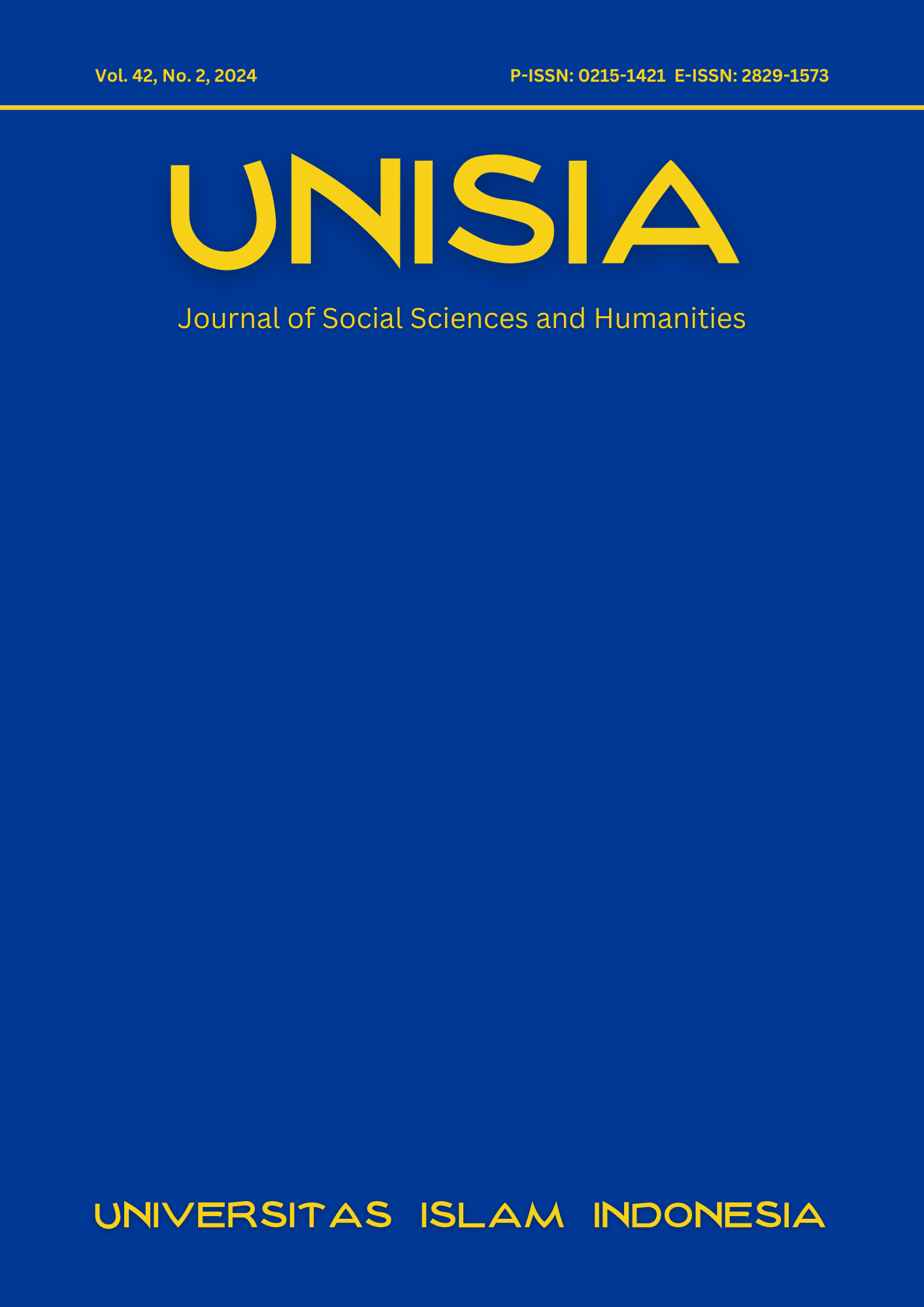Main Article Content
Abstract
This study explores the typological and sacred narrative traditions within Islamic literature, particularly focusing on Qur'anic and quasi-Qur'anic narratives. Using folkloristic methodologies, the research examines various folk genres, including fantasy, humorous, didactic, and belief narratives, and their structural components such as form, style, and content. The paper highlights how these narratives function within the broader social and cultural context of the Arab world, influencing worldview formation and socialization processes. Key analytical tools such as the tale-type and motif classification are employed to dissect narrative components, offering a deeper understanding of the interrelationship between religious texts and folk traditions. By analyzing these narrative forms, the study provides insights into how sacred narratives shape societal attitudes and behaviors, often embedding moral and religious lessons within everyday storytelling. The findings emphasize the enduring role of sacred texts in shaping collective identity and cultural expression, demonstrating the complex interplay between formal religious doctrine and popular narrative forms. This approach not only aids in understanding the transmission of cultural values but also reveals the adaptive nature of sacred narratives as they intersect with folk traditions across different historical and social contexts.
Article Details
Copyright (c) 2024 Hasan M. El-Shamy

This work is licensed under a Creative Commons Attribution-ShareAlike 4.0 International License.
- Authors retain copyright and grant the journal right of first publication with the work simultaneously licensed under a Creative Commons Attribution License that allows others to share the work with an acknowledgement of the work's authorship and initial publication in this journal.
- Authors are able to enter into separate, additional contractual arrangements for the non-exclusive distribution of the journal's published version of the work (e.g., post it to an institutional repository or publish it in a book), with an acknowledgement of its initial publication in this journal.
- Authors are permitted and encouraged to post their work online (e.g., in institutional repositories or on their website) prior to and during the submission process, as it can lead to productive exchanges, as well as earlier and greater citation of published work.




